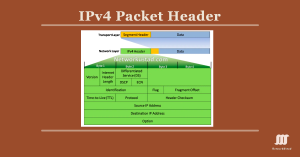What Is an IP Address? A Complete, Exciting Guide for Beginners 2025
The word “IP ” stands for “Internet Protocol.” An Internet Protocol or IP Address is a unique logical numeric address assigned to every computer, printer, switch, router, or network device. It is the core component of the TCP/IP network. There is no possibility of a network without an IP address. IP addresses such as 192.168.1.1 […]

